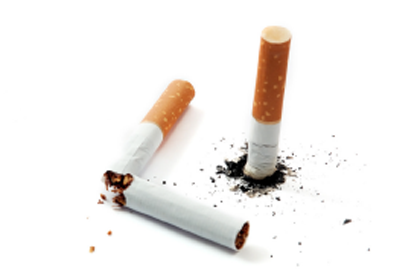Search
Related Articles
Muscle pain can be dull, achy, or sharp. You may have pain and tenderness to the touch as well. It can occur anywhere on your body and is often brought on by exercise. Muscle pain may occur from an injury, such as a sprain, tendonitis, or bone fracture. Muscle pain can also be the result of medical conditions, such as polymyositis, fibromyalgia, and connective tissue disorders.
DISCHARGE INSTRUCTIONS:
Self care:
• Rest as directed and avoid activity that causes pain. You may be able to return to normal activity when you can move without pain. Follow directions for rest and activity. You are at risk for injury for 3 weeks after your symptoms go away
• Ice your painful muscle area to decrease pain and swelling. Use an ice pack, or put ice in a plastic bag and cover it with a towel. Always put a cloth between the ice and your skin. Apply the ice as often as directed for the first 24 to 48 hours
• Compression with a splint, brace, or elastic bandage helps decrease pain and swelling. This may be needed for muscle pain in arms or legs. A splint, brace, or bandage will also help protect the painful area when you move around
• Elevate a painful arm or leg to reduce swelling and pain. Elevate your limb while you are sitting or lying down. Prop a painful leg on pillows to keep it above the level of your heart
Medicines:
• NSAIDs help decrease swelling and pain or fever. This medicine is available with or without a doctor's order. NSAIDs can cause stomach bleeding or kidney problems in certain people. If you take blood thinner medicine, always ask your healthcare provider if NSAIDs are safe for you. Always read the medicine label and follow directions
• Acetaminophen is used to decrease pain. It is available without a doctor's order. Ask your healthcare provider how much to take and when to take it. Follow directions. Acetaminophen can cause liver damage if not taken correctly. Do not take more than one medicine that contains acetaminophen unless directed
• Muscle relaxers help relax your muscles to decrease pain and muscle spasms
• Steroids may be given to decrease redness, pain, and swelling
• Take your medicine as directed. Contact your healthcare provider if you think your medicine is not helping or if you have side effects. Tell him if you are allergic to any medicine. Keep a list of the medicines, vitamins, and herbs you take. Include the amounts, and when and why you take them. Bring the list or the pill bottles to follow-up visits. Carry your medicine list with you in case of an emergency
Follow up with your healthcare provider as directed:
You may need more tests to help healthcare providers find the cause of your muscle pain. You may need physical therapy to learn muscle strengthening exercises. Write down your questions so you remember to ask them during your visits.
Contact your healthcare provider if:
• You have a fever
• You have trouble sleeping because of your pain
• Your painful area becomes more tender, red, and warm to the touch
• You have decreased movement of the painful area
• You have questions or concerns about your condition or care
Return to the emergency department if:
• You have increased severe pain when you move the painful muscle area
• You lose feeling in your painful muscle area
• You have new or worse swelling in the painful area. Your skin may feel tight
• You have increased muscle pain or pain that does not improve with treatment
© 2017 Truven Health Analytics LLC All illustrations and images included in CareNotes® are the copyrighted property of A.D.A.M., Inc. or Truven Health Analytics.
Click the link for more information on Orthopaedics and Sports Medicine Clinical Service
Click the link for more information on Rehabilitation Clinical Service











